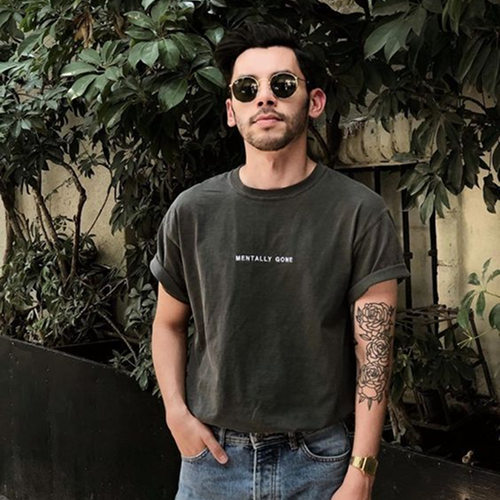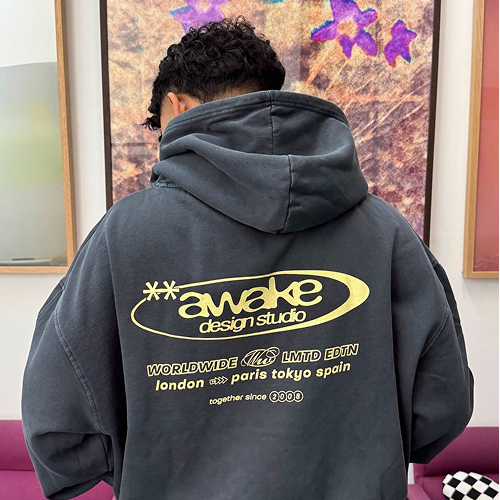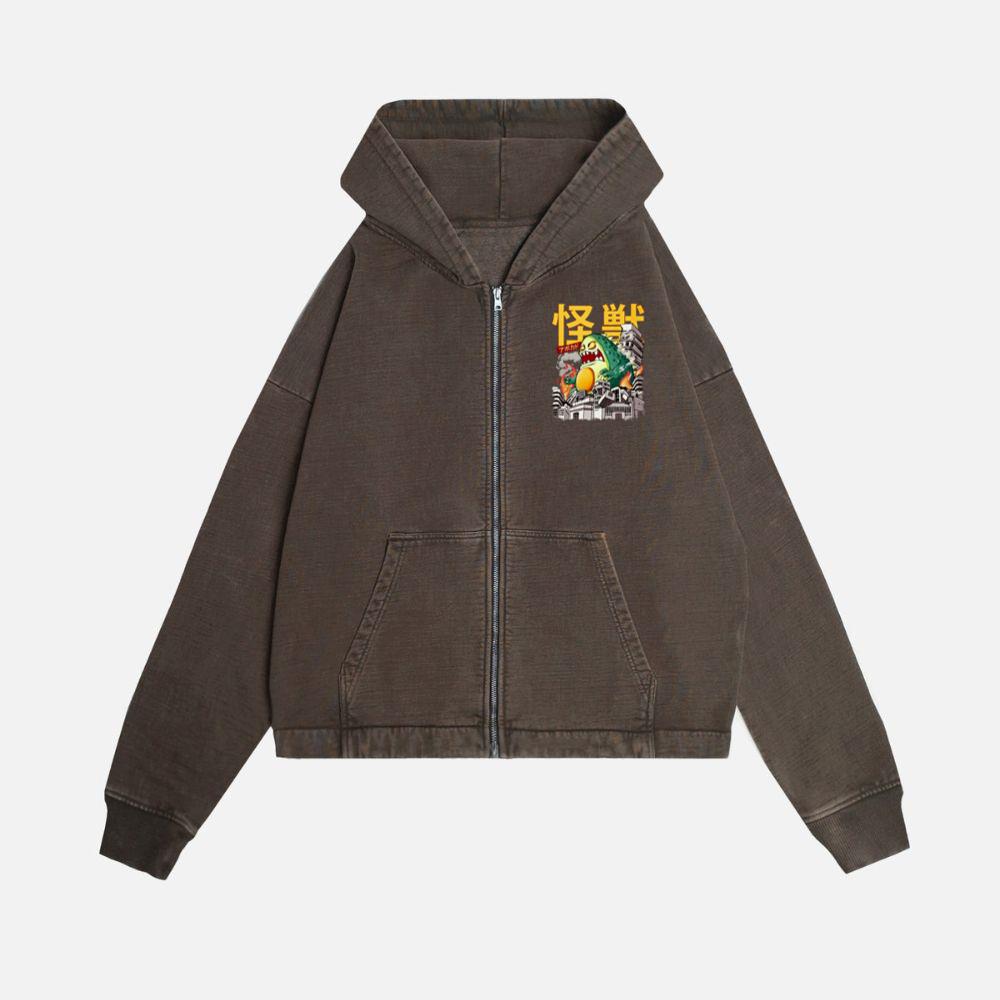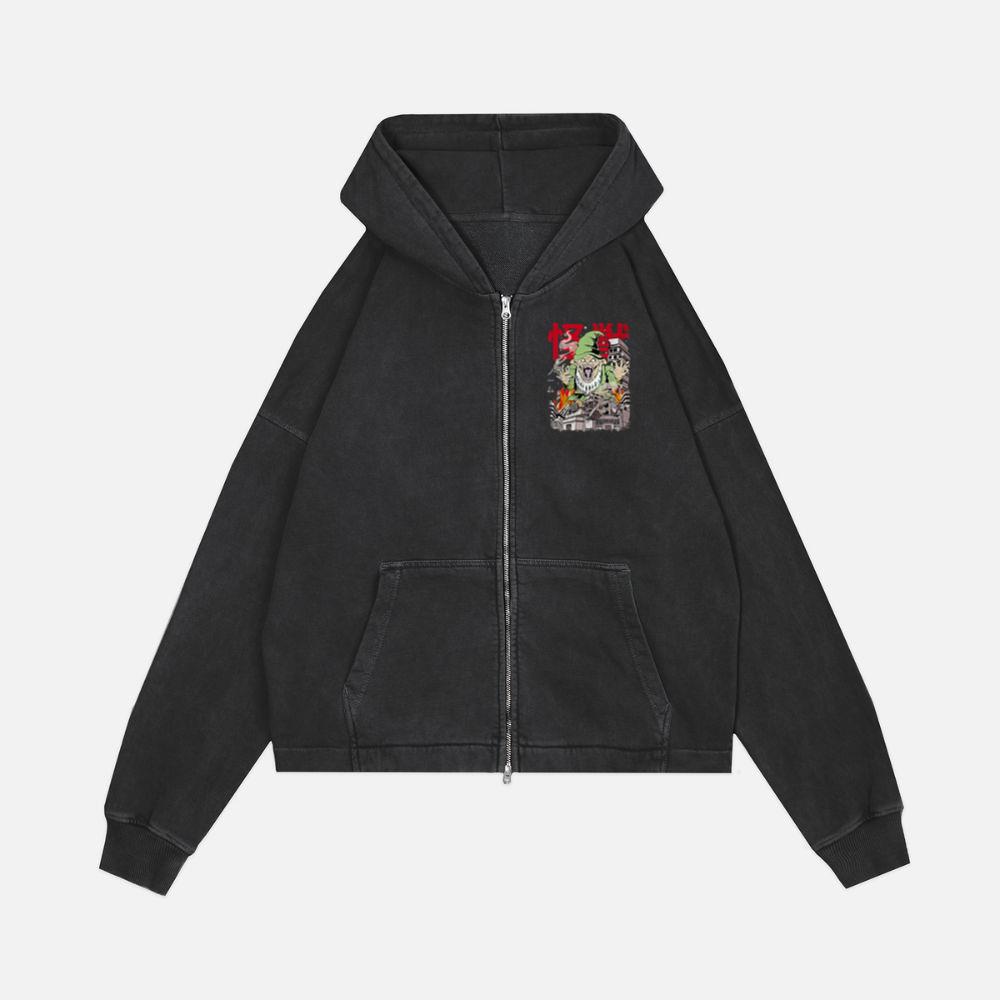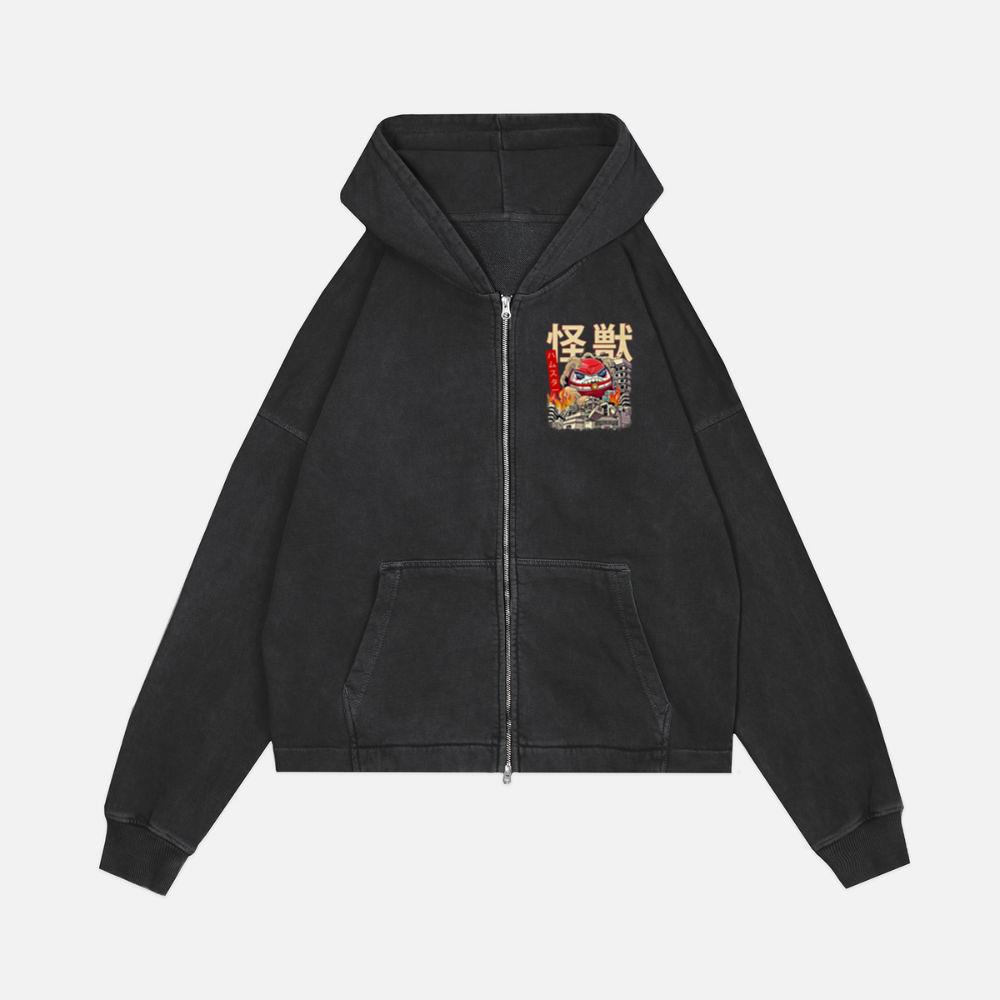1. The Hoodie’s Humble Origins
The hoodie began as a purely functional garment — a protective layer against cold and rain for American workers in the 1930s.
Created by Champion for laborers in New York warehouses, the hood was not a statement then. It was survival. It symbolized practicality, not personality.
Yet, somewhere between utility and rebellion, between anonymity and identity, the hoodie became something more.
From factory floors to city blocks, from basketball courts to fashion runways, the hoodie transcended its working-class roots.
Today, it stands as one of the most democratic garments in existence — worn by all genders, all backgrounds, all beliefs.
How did it happen? How did a simple piece of cotton fleece evolve into a universal symbol of comfort, equality, and individuality?
2. From Function to Identity
The first real cultural shift came when athletes and students embraced the hoodie in the 1970s.
It was warm, cheap, and easy to move in — perfect for gym sessions or late-night study hours.
Then came hip-hop, skate culture, and streetwear.
The hoodie became the uniform of those who lived outside the mainstream — creators, rebels, dreamers.
For young people, it was more than clothing. It was protection — from the weather, from judgment, from the world.
To wear a hoodie was to claim freedom: the ability to exist on your own terms, without explanation.
That anonymity — once functional — became political.
3. The Politics of the Hood
In the 1990s and 2000s, the hoodie gained complex symbolism.
Media narratives often portrayed hoodies as suspicious, especially when worn by young Black men.
Tragically, events like the death of Trayvon Martin in 2012 turned the hoodie into a global emblem of racial injustice.
What was once just a sweatshirt now carried the weight of protest and identity.
It became a statement against prejudice — a reminder that clothing can never define a person’s worth or intentions.
Protests around the world featured hooded crowds united by one silent message:
“Don’t judge me by what I wear.”
This was when the hoodie transformed into a cultural equalizer — an object that demanded empathy, not fear.
4. The Fashion Renaissance
Around the same time, luxury fashion began to take notice.
Designers like Vetements, Balenciaga, Givenchy, and Off-White reinterpreted the hoodie as high fashion.
No longer just streetwear, it became runwaywear.
Suddenly, hoodies appeared under blazers, paired with tailored trousers, styled with heels or jewelry.
Celebrities wore them to award shows. Brands sold them for hundreds, sometimes thousands, of dollars.
But even as it climbed the luxury ladder, the hoodie never lost its roots.
It remained democratic — a garment of the people, now validated by the world’s most exclusive fashion houses.
In a way, the hoodie didn’t just infiltrate high fashion — it redefined it.
5. Gender Neutrality and the Language of Comfort
Here’s the remarkable thing: the hoodie never asked for gender.
It wasn’t designed for men or women. It was designed for warmth.
And that neutrality became its power.
As society began to question binary identities, the hoodie stood as the perfect expression of gender fluidity.
Its loose shape, unstructured form, and comfort-driven design made it inherently inclusive.
You can hide in it or stand out in it.
You can make it masculine or feminine — or neither.
It gives you control over how you are seen, something few garments can do.
That’s why the hoodie became a symbol for the non-binary generation — a generation that values comfort, authenticity, and freedom over labels.
6. The Emotional Architecture of the Hoodie
There’s something deeply emotional about wearing a hoodie.
It’s like wrapping yourself in safety — soft fabric that feels familiar, protective, grounding.
In psychology, clothing can serve as “enclothed cognition” — what we wear shapes how we feel.
A hoodie provides that emotional comfort. It can make you feel invisible when you want space, and invincible when you need strength.
It’s the wearable version of a personal sanctuary.
That’s why, in times of stress or solitude, people instinctively reach for their hoodies. They represent warmth, not just in temperature — but in spirit.
7. Hoodies and the Digital Generation
In the digital age, the hoodie became the uniform of creativity.
Think of Silicon Valley — Steve Jobs’ turtleneck, Mark Zuckerberg’s gray hoodie, countless startup founders in minimalist sweats.
It’s not about laziness; it’s about efficiency and focus.
The hoodie lets the mind work without worrying about presentation. It’s anti-corporate, anti-convention — and deeply personal.
To wear a hoodie to a boardroom is to reject the old rules.
It’s saying, “I’ll let my ideas speak louder than my outfit.”
In a post-pandemic world where comfort defines professionalism, the hoodie stands as the symbol of new work culture — relaxed, intelligent, and human.
8. The Hoodie in Pop Culture
No garment in modern history has had as many cultural faces as the hoodie.
In music, it’s rebellion — from Eminem’s stage presence to Billie Eilish’s oversized silhouettes.
In film, it’s transformation — think of Rocky Balboa training in his gray hoodie, or Neo from The Matrix cloaked in anonymity.
It represents resilience, privacy, and self-belief.
It hides and reveals in equal measure — a paradox that perfectly captures the modern human condition.
And in fashion, it has become the great equalizer.
Streetwear brands, independent labels, and luxury houses all agree: the hoodie is no longer trend — it’s language.
9. The Rise of Oversized Culture
Modern fashion embraces imperfection.
Oversized hoodies, once associated with teenage rebellion, now define adult sophistication.
They reject the tailored silhouettes of the past and embrace a fluid, unstructured beauty.
It’s a reaction to pressure — against gender norms, against rigid expectations, against constant exposure.
Oversized hoodies allow people to exist freely, comfortably, and authentically.
When you wear one, you’re not hiding — you’re reclaiming space.
10. Sustainability and the New Essentials
With great popularity comes great responsibility.
The fashion industry is rethinking the hoodie’s environmental footprint.
Sustainable materials like organic cotton, hemp, bamboo, and recycled fleece are now the new norm.
Brands such as Pangaia, Patagonia, Girlfriend Collective, and Tentree are designing hoodies that respect both the planet and the people who make them.
The hoodie has gone from symbolizing resistance to representing resilience — not just social, but environmental.
It’s no longer enough to look good; the modern hoodie must do good.
11. The Unisex Revolution
Fashion has long been divided into “men’s” and “women’s” sections, but the hoodie laughs at those walls.
It fits anyone, everyone, and every body.
Today’s most stylish looks are built around shared wardrobes.
Couples wear matching hoodies. Friends swap them.
The line between “his” and “hers” dissolves completely.
Even major brands are moving toward unisex collections — not as marketing stunts, but as genuine reflections of cultural truth.
The hoodie leads that revolution, reminding us that style should serve humanity, not the other way around.
12. The Hoodie as Emotional Identity
Perhaps the most fascinating part of the hoodie’s story is its emotional depth.
People wear hoodies to grieve, to celebrate, to create, to escape.
The hood becomes both a shelter and a stage — a way to turn inward or express outward.
It adapts to emotion, amplifying your mood without saying a word.
It’s no wonder why every artist, every creative, every dreamer has a favorite hoodie.
It’s not fashion — it’s familiarity. It’s home.
13. Where Fashion Meets Freedom
In a world obsessed with trends, the hoodie resists confinement.
It’s timeless yet modern, casual yet elegant, rebellious yet comforting.
You can’t label it because it refuses labels — just like the people who wear it.
And that’s the beauty of it. The hoodie has become a metaphor for modern identity — fluid, layered, multifaceted.
Whether worn on a protest line, in a coffee shop, or on a Paris runway, it carries the same message:
Be comfortable being you.
14. The Universal Language of Comfort
The hoodie’s journey — from factory floor to high fashion — mirrors humanity’s evolution.
We’ve moved from survival to self-expression, from conformity to authenticity.
It proves that comfort is not weakness — it’s the foundation of confidence.
To be at ease in your body, in your clothes, in your identity — that’s true empowerment.
And that’s why the hoodie is more than fabric and thread. It’s a philosophy.
It says that comfort belongs to everyone, and that everyone deserves to feel seen, safe, and strong in what they wear.
15. Final Reflection – The Hoodie as the Modern Human Uniform
We live in an age of blurred lines — between work and life, gender and identity, public and private.
Amidst that blur, the hoodie stands quietly as the most human garment of all.
It understands us. It adapts to us.
It’s worn by coders, poets, activists, and athletes alike.
It’s the single item that feels right whether you’re on a couch, a stage, or a runway.
The hoodie doesn’t just keep you warm — it keeps you connected.
To your emotions. To your beliefs. To the world.
And perhaps that’s why it became universal:
Because deep down, we all want the same thing — to be comfortable in our own skin.


